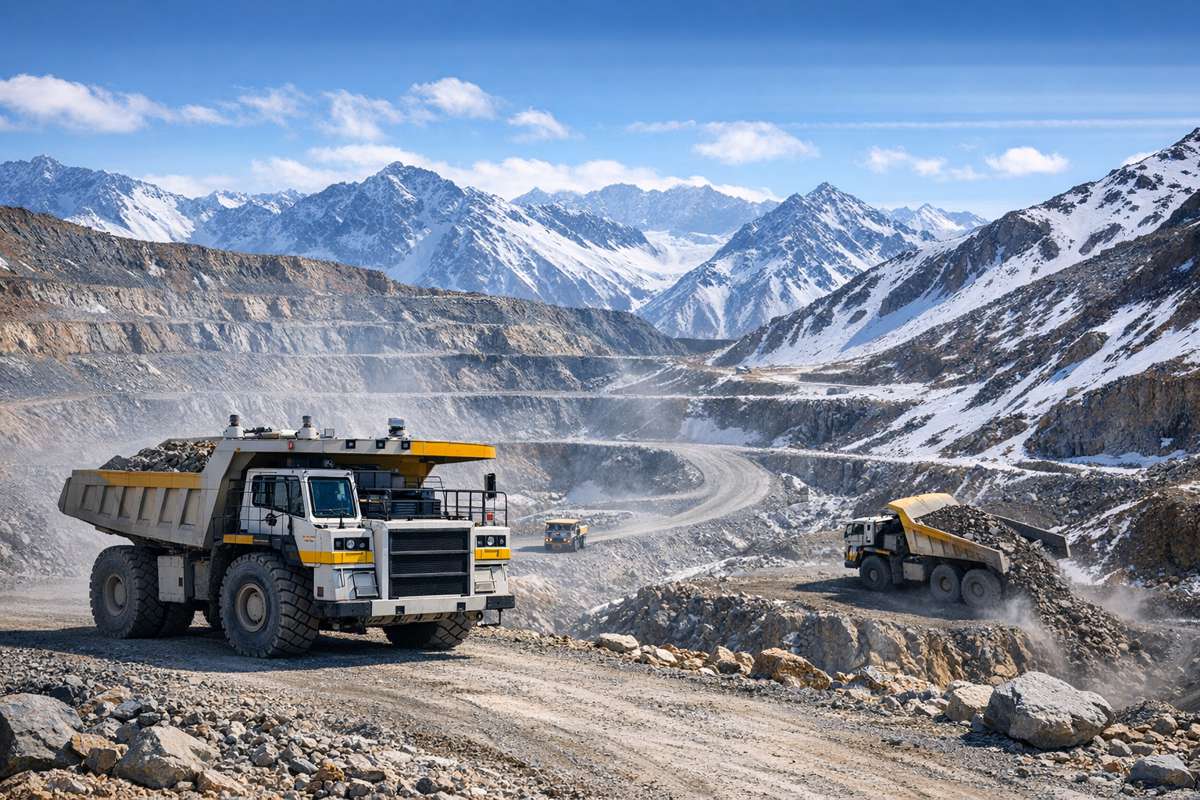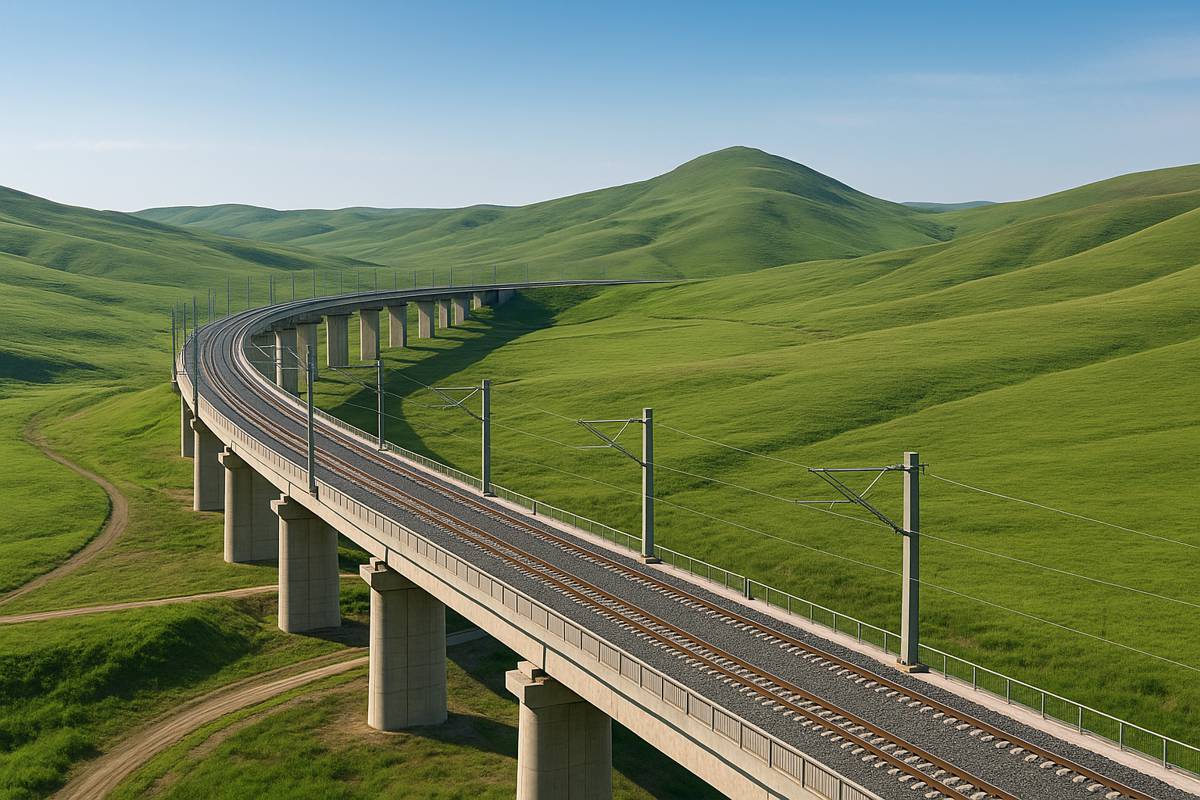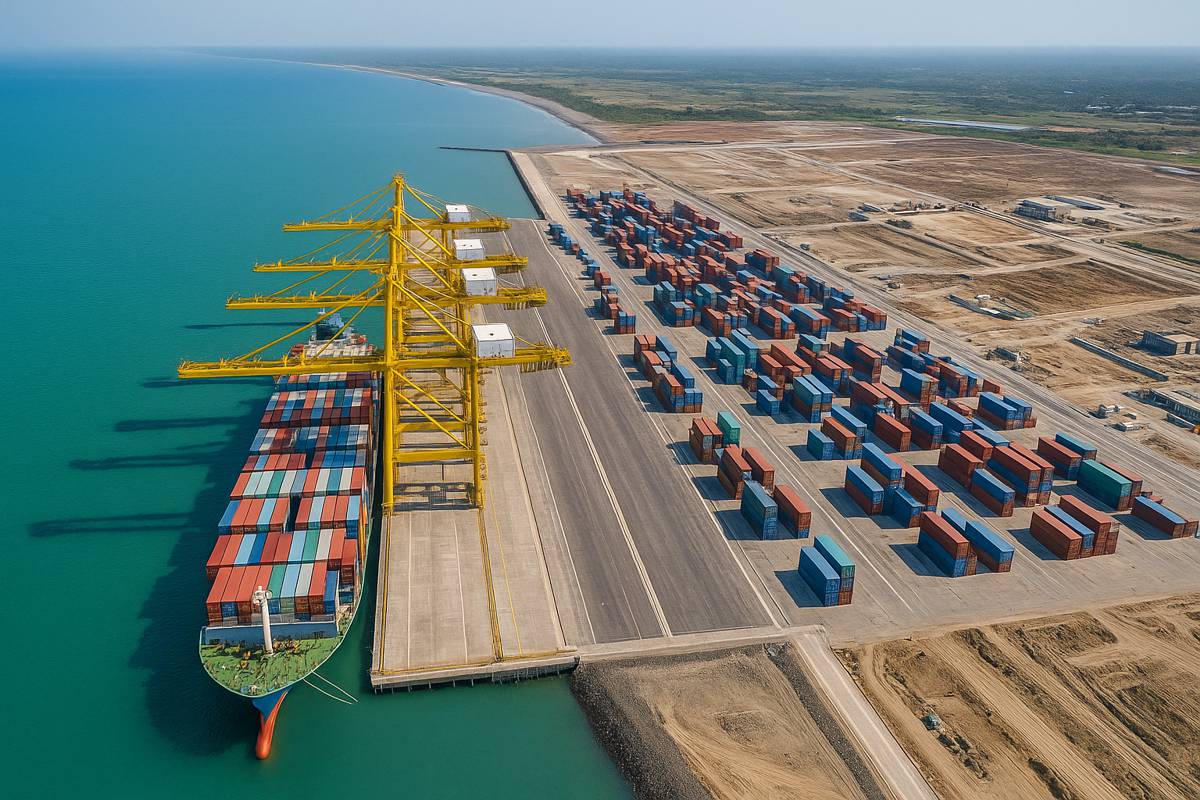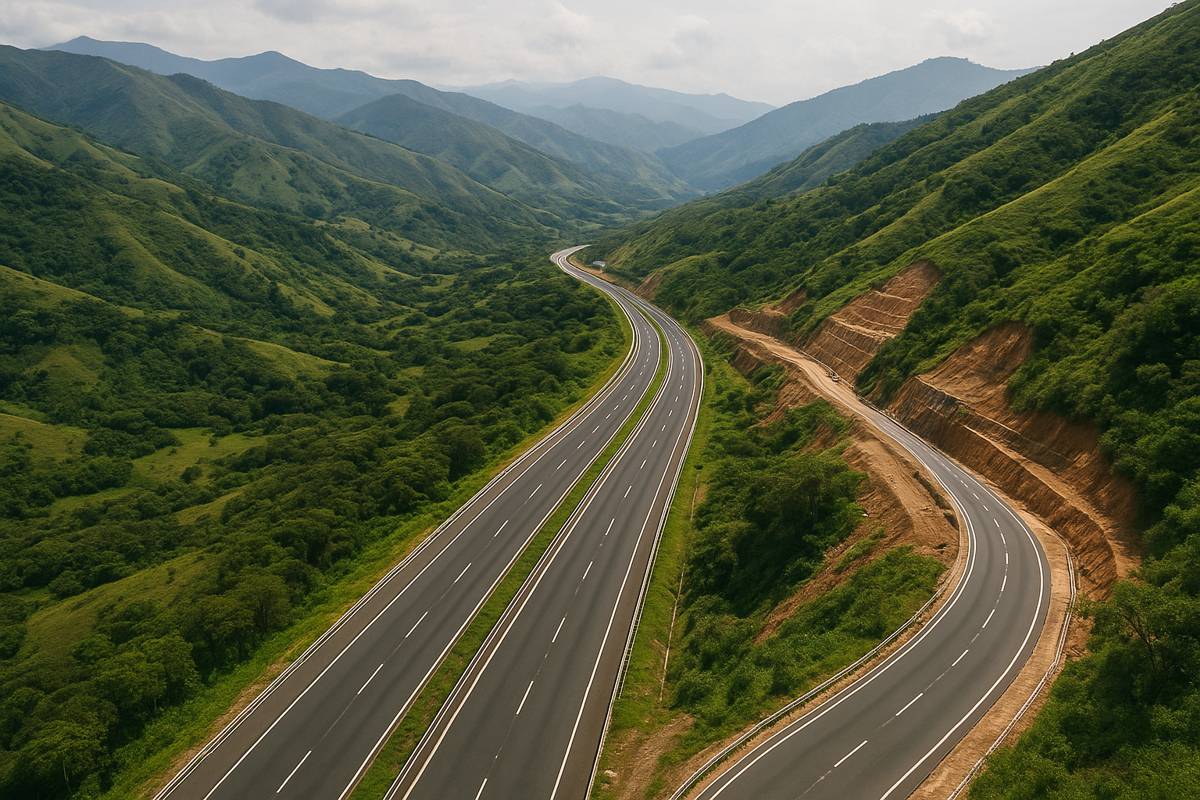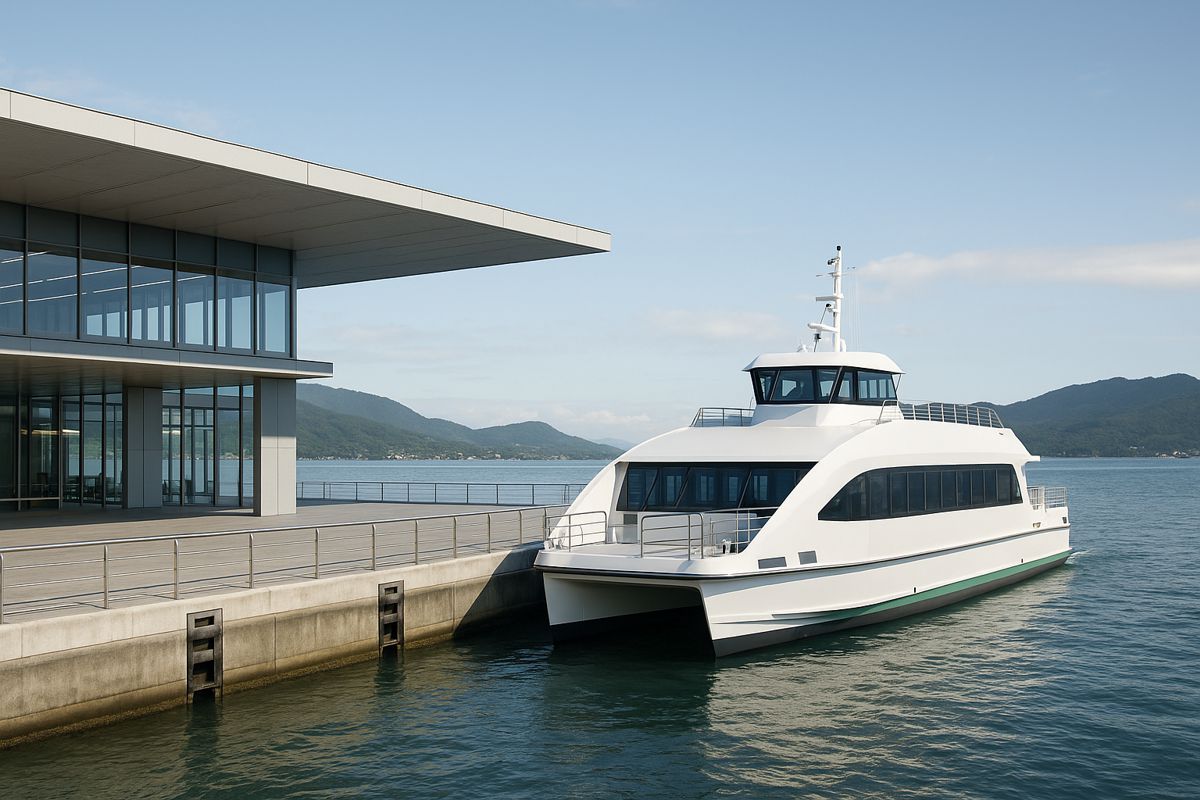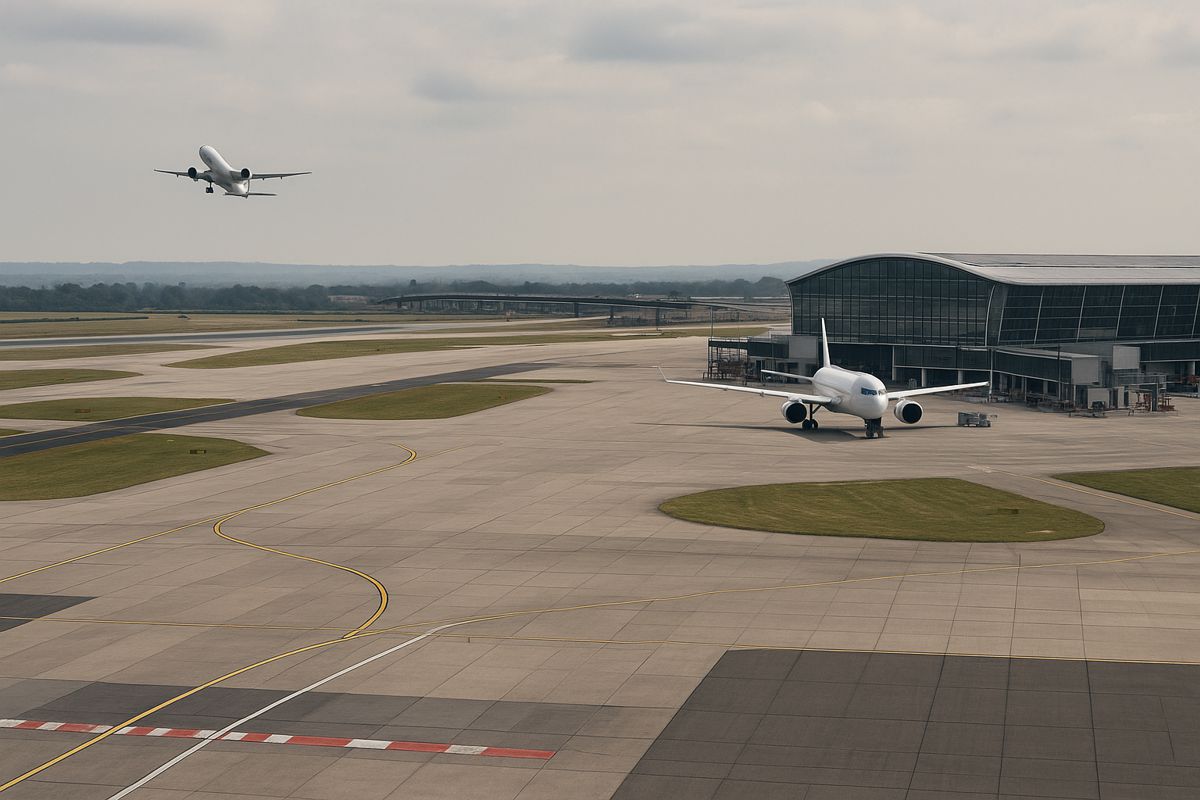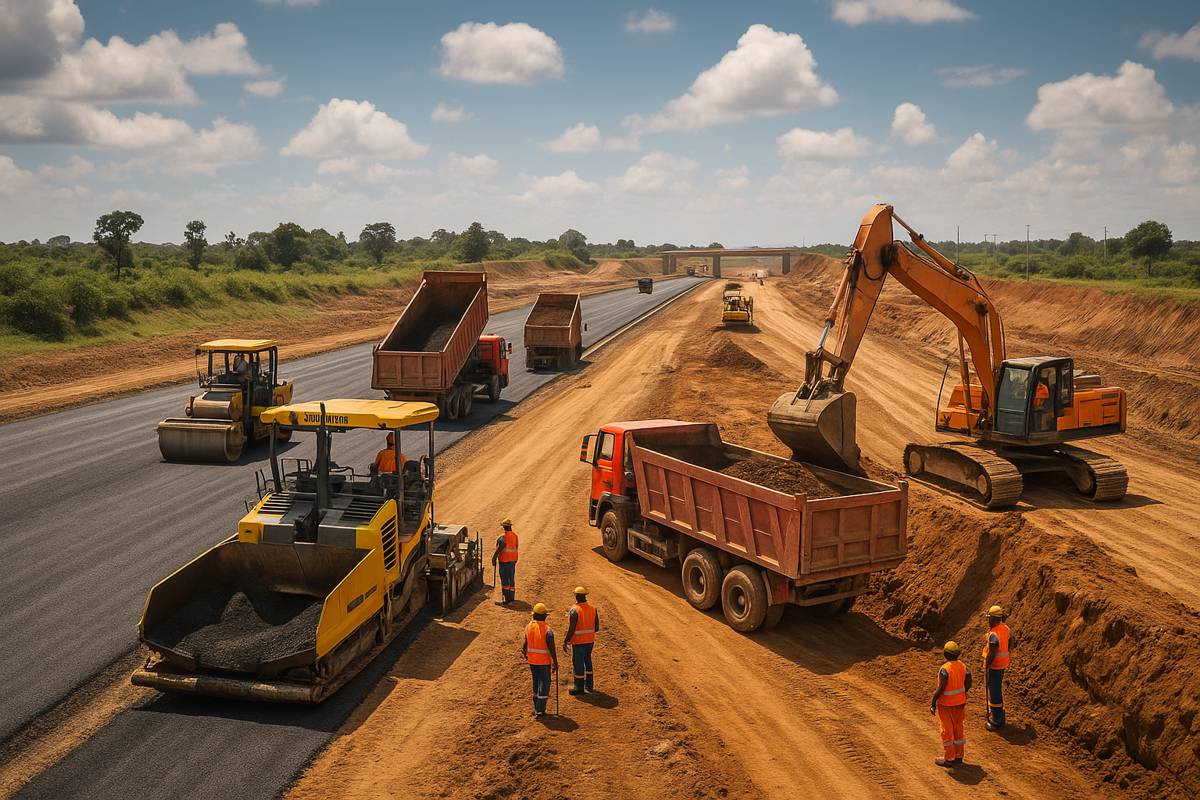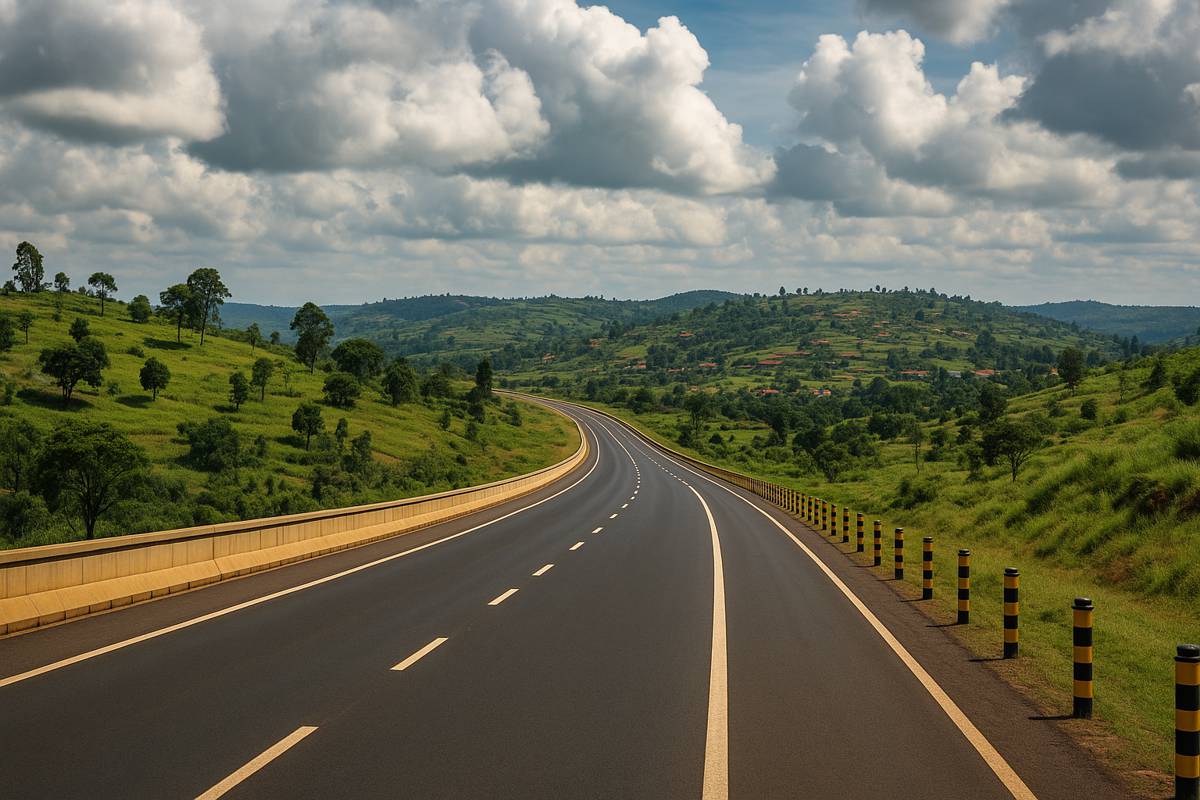Who Is Liable for Accidents on Dangerous Roads?
Data from the National Highway Traffic Safety Administration (NHTSA) show that in the first half of 2025, an estimated 21,400 people died in motor vehicle accidents in the US. This information emphasizes the urgent need to tackle systemic issues in roadway safety and not just blame drivers who caused the accidents.
Semi-truck accident lawyer Lawrence Falzon says truck accidents often occur when drivers get distracted or do not adjust their speed to match road conditions. Drivers must be careful on the road at all times; they should learn how to handle accidents and protect themselves legally.
Let’s look at who can be held liable for accidents on dangerous roads.
Understanding the Role of Driver Behaviour in Accidents
Driver behaviour is a significant factor in road accidents, especially on dangerous roads. A Lake Charles defective roadway lawyer says distracted driving, such as texting or adjusting the radio while driving, often leads to aggressive and hazardous driving behaviours and results in fatal accidents. Speeding and twisty or poorly lit roads are also common causes of accidents.
Ignoring traffic signals and signs also increases the chances of collisions. Aggressive driving, such as tailgating or weaving through lanes, increases the likelihood of accidents.
Remember: your driving choices affect you and others and if you cause even minor injuries, it may result in someone needing to be away from work for weeks and having to deal with medical bills and other financial hardships.
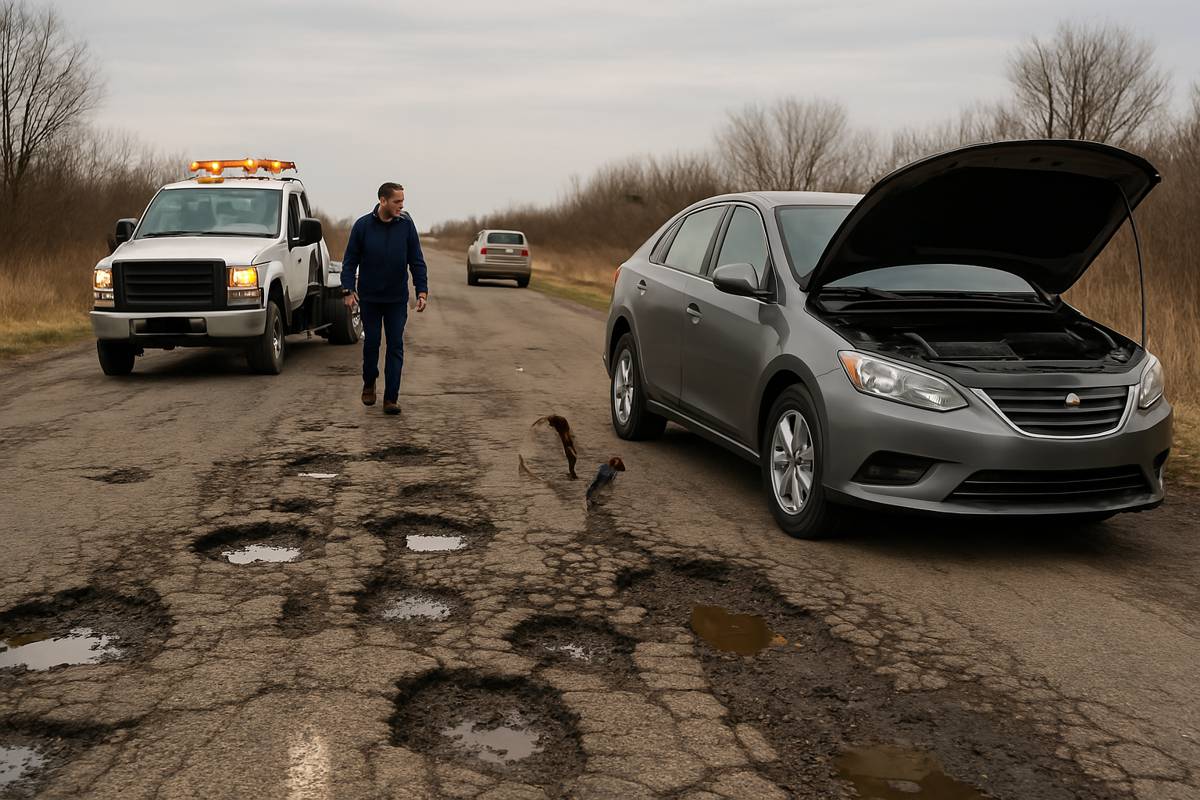
Assess Road Conditions and Maintenance Issues
While drivers’ behaviour influences road safety, so does that of the road itself. There may be potholes, loose gravel, and road markings that have gone old. Keep these things in mind whenever you drive.
Report any neglected stretch of road to your local authorities. They will have to take care of the hazard before accidents happen. Local authorities are in charge of regular maintenance to ensure the roads remain safe and navigable.
The Impact of Poor Road Design on Safety
Poor road designs often compromise safety and contribute to easily avoidable accidents. Drivers have to face dangerous situations because of poorly placed road signs, sharp geometry without warning, or insufficient lane markings.
For example, a narrow road with a lack of proper barriers hardly leaves any margin for error during severe weather. When the roadway lacks intuitive design, it becomes easy to misjudge distance or speed. Poorly designed pedestrian crossings also put people at a very high risk of sustaining serious injuries while using them.
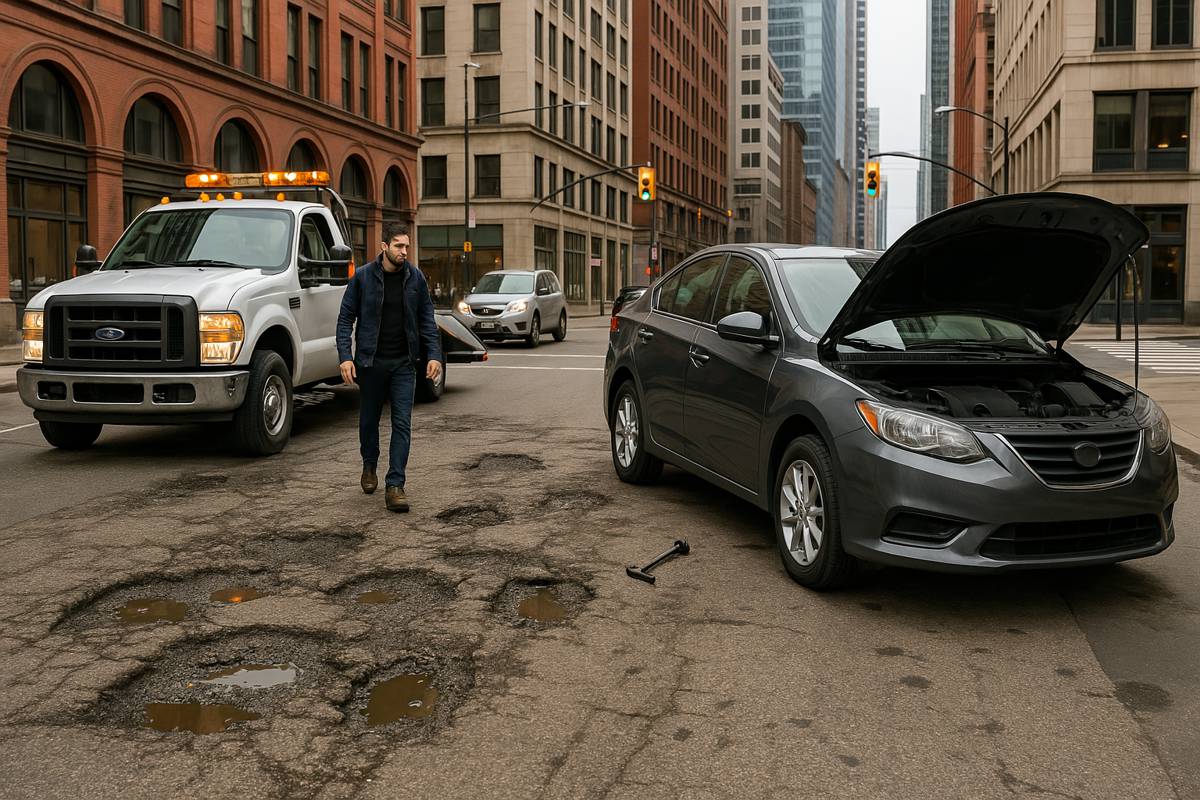
Government Liability and Public Infrastructure
The liability of the government for accidents occurring on public infrastructure revolves around the maintenance and the responsibility that goes with the establishment of safe roadways.
The government is expected to keep the highways in fine condition. If potholes, poor signage, or negligence of the lighting have been the cause of accidents, then the government can be held liable.
To prove liability, show that the government agency knew of the danger and did nothing to fix it. This is tough to prove because public agencies have some defenses. However, you can gather evidence in the form of accident reports or witness statements to prove liability.
Be aware that a lawsuit could hold multiple parties accountable for your injuries. If another driver caused the accident but poor road conditions were also a factor, a car accident lawyer can hold them accountable.
Manufacturers and Contractors
When accidents happen due to hazardous roads, liability for accidents usually falls on third parties such as manufacturers and contractors situated within these roads. Contractors may also bear responsibility for accidents resulting from cost-cutting or a failure to adhere to safety standards.
Similarly, manufacturers of the road materials, such as asphalt or barriers, need to make sure their products meet safety regulations. A defective or improperly designed product may lead to an accident, which may also lead to liability claims. Ultimately, accountability extends beyond government hands into those who create and maintain our roads.












